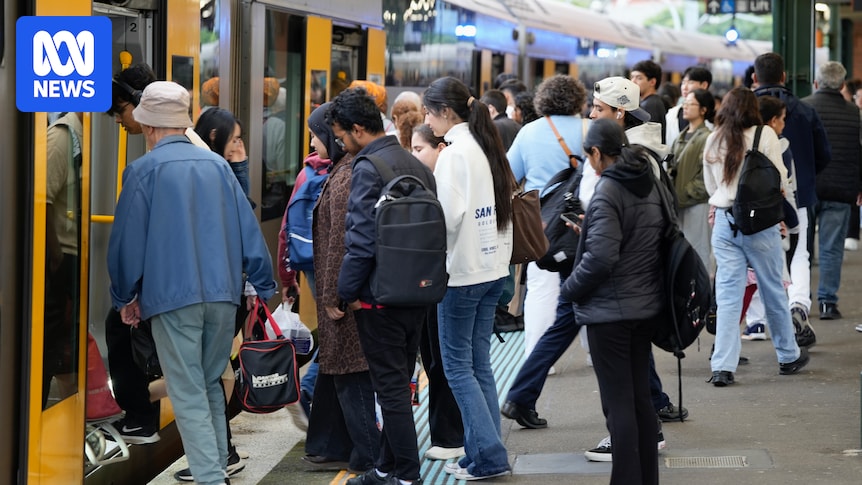
A recent report into Sydney Trains has cast a harsh light on the network’s “disturbing” lack of effective communication, highlighting significant “information voids.” This revelation follows an incident in May when a 1,500-volt overhead cable fell onto a rail carriage near Homebush in Sydney’s west, crippling the network for two days. The Independent Rail Review, released on Tuesday, criticized the inadequate messaging to the public, passengers, government, and media, emphasizing it was not given the “priority it deserves.”
The report detailed passenger frustrations, with one individual recounting a “short delay due to a technical issue” announcement, followed by two hours of silence. The first notification on the Opal app was sent a staggering 18 hours after the incident began. Transport for NSW Secretary Josh Murray admitted, “passengers were not put first” during the 48-hour ordeal, noting that incorrect information about service resumption compounded commuter confusion.
Historical Context and Recent Developments
The communication breakdown marks a significant departure from previous practices, according to Michelle Zeibots, a transport planner and senior lecturer at the University of Technology Sydney. She recalled a time when customer needs were central to transport operations, particularly during former premier Gladys Berejiklian’s tenure as transport minister, which saw a shift towards a “customer service mindset.”
Dr. Zeibots expressed disappointment over the regression to an outdated “command and control” approach, urging Sydney Trains to “relearn what we already know.” She advocated for empowering train guards to provide regular updates during major incidents, emphasizing that “communications and information are absolutely critical to a good customer service experience.”
Expert Opinions and Global Comparisons
Dr. Zeibots highlighted the importance of visible, public-facing procedures, noting that over 1 million people rely on Sydney Trains daily. She warned that without continuous updates to infrastructure and procedures, the quality of service would decline, leaving customers dissatisfied.
Comparing Sydney’s situation to international counterparts, Dr. Zeibots pointed to Japan and several European countries as models of effective communication, attributing their success to preparedness, ongoing staff training, and advanced systems. However, she stressed that Sydney has its own successful examples to draw from, urging a return to past practices.
Proposed Solutions and Future Directions
The state government has acknowledged the shortcomings, with Transport Minister John Graham announcing plans to implement new systems for clearer information dissemination on platforms, apps, and trains during disruptions. Initiatives include automatic Opal app alerts and a new passenger care team to assist during major incidents.
Dr. Zeibots emphasized the need for comprehensive information sharing, allowing commuters to make informed decisions. “What you need to do as a rail service provider is give them as much information as you possibly can,” she said, underscoring the importance of communication in customer service.
As Sydney Trains navigates this challenging period, the focus remains on enhancing communication to prevent future incidents from spiraling into chaos. The lessons learned could pave the way for a more resilient and customer-focused transport network, ensuring that Sydney’s rail system meets the needs of its daily commuters.







